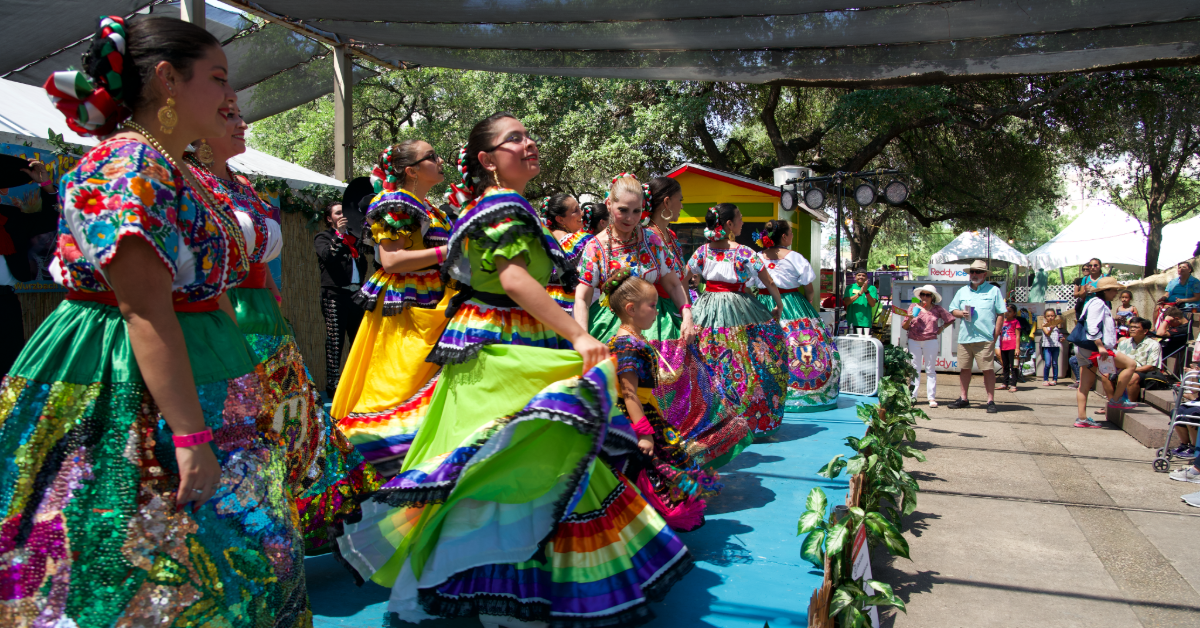Austin has changed. Between 1990 and today, Austin’s population has nearly doubled, and only as recently as 2022 did it lose its 12-year streak as the fastest-growing metro in the U.S. Amid unprecedented growth, Austin transformed from a sleepy town known for its mellow pace and artistry to a growing tech epicenter as giants like Apple, Google and Tesla flocked to Texas in search of a new Silicon Valley.
“Austin is growing by unimaginable ways in tech. Austin is becoming the new Silicon Valley, right? You have companies moving there. That raises the wages, that raises property, you know, the gentrification conversations that we’ve had before,” professor of political science at UTSA Henry Esparza said.
Although Austin’s growth has spurred technological development, rapid change has caused local communities to question their place in Austin’s future. Austin’s population may be among the fastest rising, but it is the only fast-growing city in the U.S. where Black residents are moving out, citing rising costs and a lack of belonging. In a similar vein, artists and performers report being priced out in the self-proclaimed “Live Music Capital of the World,” a capital that they had forged.
“Working musicians can’t afford to park downtown, let alone live there,” Alex Hannaford, long-time resident and author of “Lost in Austin,” told the Hill.
To many, it seems Austin’s identity morphs with each of the roughly 90 people moving in daily. The city is at odds with itself — touting its slogan to “Keep Austin Weird,” as it is increasingly a hub for high-tech and higher prices. For those caught in this discord, Austin is just not the same. It no longer has the laid-back, frontier spirit that defines Texas’ culture. What happens, then, when another fast-growing city in Texas faces a similar dilemma?
San Antonio, 90 miles down the I-35 spine from Austin, stands as its own distinct entity. It is home to the Spurs, rich with Hispanic and Latino heritage, and on the doorstep of UTSA — a burgeoning institution. Its Riverwalk, often dubbed a must-visit attraction for tourists, is an asset within a parks system enjoyed by residents. These characteristics define the Alamo City and attract newcomers, yet paradoxically, their appeal also threatens the city’s unique identity.
With a metro population of 2.6 million that is increasing by roughly 2.8% each year, San Antonio is the ninth fastest-growing city in the U.S., and this growth is expected to rise. UTSA’s expanding footprint downtown, accompanied by a merger with UT Health San Antonio, raises concerns about how the city will strategize new development. Given UT’s role in shaping Austin into the evolving hub it is today, UTSA’s growth can very well mean a changing face for San Antonio. Already, neighborhoods have united against redevelopment, with many remarking concerning patterns between San Antonio’s changing nature to Austin’s gentrified scene.
“Look at downtown; look at The Pearl. Those areas have been bought up and replaced to build high rises,” Esparza said. “There’s a question of where these people go — the ones that have been displaced gotta go somewhere, and that leads to other complications.”
As new residents and businesses flood into San Antonio, dialogue between problem and policy has opened. In 2018, the San Antonio City Council approved Mayor Ron Nirenberg’s Housing Policy, implementing a 10-year funding plan to address San Antonio’s housing problems. Additionally, the Vista Ridge pipeline, deemed ambitious when it was conceived a decade ago, now delivers water to 20% of San Antonians, abolishing the city’s dependency on the Edwards Aquifer. A growing number of transportation projects also dot the city as roads struggle to accommodate the rising car population.
“How do you build the future cities that are going to meet the needs of growing and growing populations? Because they’re not going to stop coming,” Esparza said.
Although parallels can be drawn between San Antonio and Austin’s growth patterns, many have speculated about a future where the two cities converge.
“We know we’re going to grow. We’re going from five million people to eight million people. That is a fact,” Henry Cisneros, former mayor of San Antonio and former U.S. Secretary of Housing and Urban Development, said about the Austin-San Antonio Corridor in a Texas Tribune panel last November.
For individuals siding with Cisneros, the question of an interconnected San Antonio and Austin is not one of ‘if’ but ‘how.’ In many aspects, a merge between San Antonio and Austin reflects that of Dallas and Fort Worth nearly four decades prior. Beyond economic implications, the very identities of the two cities can change entirely as they meld together with intermediate cities.
“You have the Budas, the Kyles, the San Marcoses, the New Braunfels, and when you drive from San Antonio [to] Austin, you almost never get out of a city,” Esparza noted. “Is that likely that we’re going to see the same thing [as Dallas-Fort Worth]? Absolutely we are, it’s happening. You combine the south and the north, so to speak.”
To successfully realize this vision, however, Cisneros banks on regional cooperation and influence that can green-light infrastructure projects. Water and transportation are top priorities, as drought and congestion on I-35 exacerbate the Corridor’s growing pains. While San Antonio’s water supply is supported by the Vista Ridge Pipeline, talk of transportation, like high-speed rail and even aircraft, that can revolutionize how residents travel has sprouted.
“There are additional technologies that we’re not even contemplating today that we should be for an economy 50 years from now,” Jenna Saucedo-Herrera, president and CEO of Greater: SATX, said. “Today, some of these projects are very real; they were tangible. I think we just have to continue and align to get some of these nearer-term objectives accomplished.”
The changes facing San Antonio and Austin’s futures encapsulate not only Texas’ history of change but its constant struggle today between tradition and progress. City planners and leaders are tasked with nurturing growth while preserving the beloved identities of their cities.
“Are we going to allow that [change] to be haphazard, eclectic, congested and environmentally toxic?” Cisneros asked, “Or is this something that can be coordinated with integrated thinking and planning?”









